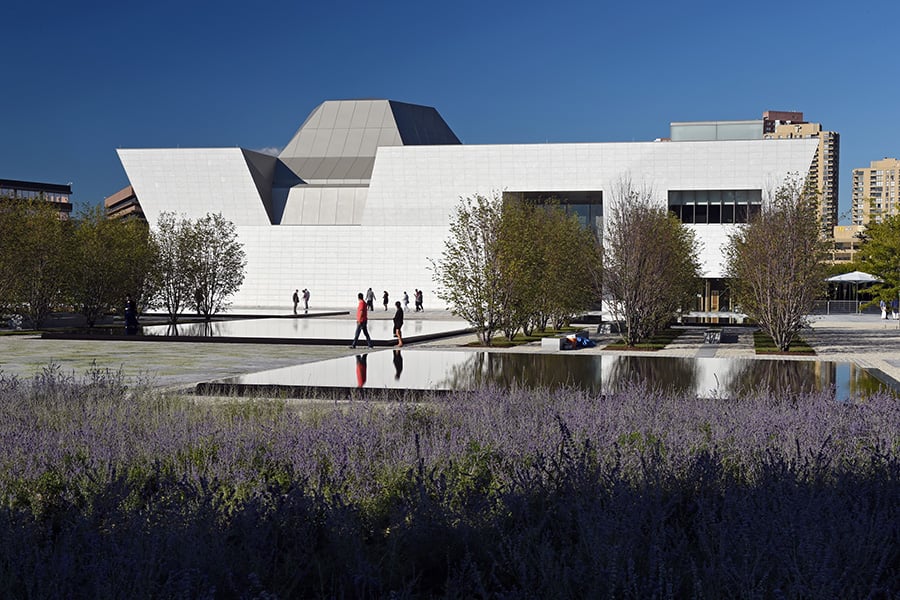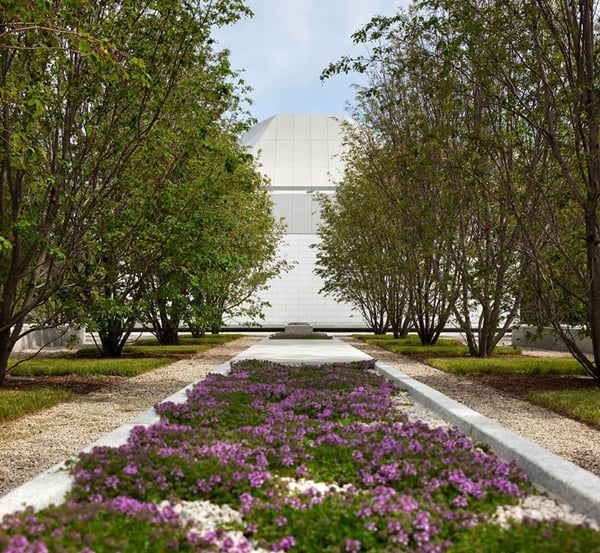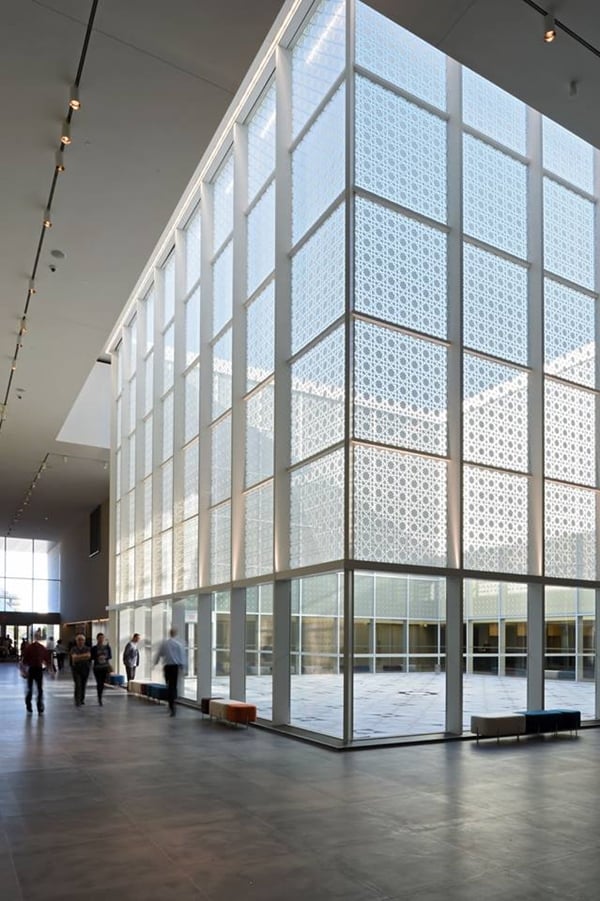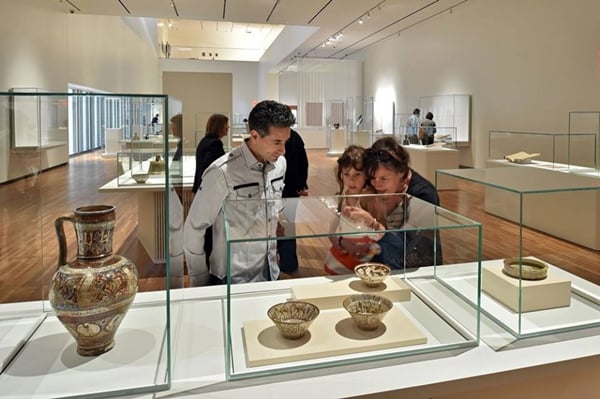Art & Exhibitions
Toronto Opens North America’s First Islamic Art Museum
The Aga Khan Museum houses its billionaire namesake's 1,000 piece collection.

The Aga Khan Museum houses its billionaire namesake's 1,000 piece collection.

by
Sarah Cascone

North America’s first museum of Islamic art opened last week in Toronto, reports the Daily Beast. The new institution takes its name, the Aga Khan Museum, from prince Karim Al Husseini, the fourth Aga Khan and 49th hereditary and spiritual leader, or imam, of the Ismaili sect of Shiia Islam.
The Aga Khan and Canadian prime minister Stephen Harper attended a ceremony for the inauguration of the 47,000 square-foot museum, designed by Pritzker Prize–winning Japanese architect Fumihiko Maki, built amid a verdant 17 acre campus. The museum complex will later expand to include an Ismaili center that will host social, cultural, and educational programming, in addition to offering space for prayer. A garden designed by Serbian-Lebanese landscape architect Vladimir Djurovic will separate the two buildings.

The garden at the Aga Khan Museum.
Photo: Courtesy the Aga Khan Development Network.
“Words fail me,” said the Aga Khan, who funded the $300 million project, in his opening remarks. “And that’s not often the case.” After nearly two decades of planning and construction, the 77-year-old British billionaire’s speechlessness is understandable.
Born in Geneva, the Aga Khan grew up in Nairobi, studied at Harvard, and skied for Iran at the 1964 Olympics. His father, prince Aly Khan, was once married to Rita Hayworth, and has been mentioned on Mad Men. That multicultural background allows the Aga Khan to serve as a mediator between Islam and the West, a role that he tacitly acknowledged at the ceremony, observing that “a knowledge gap continues to exist and perhaps even grow…a vacuum within which myths and stereotypes can so easily fester, fed by the amplification of extreme minority voices.”

The interior of the Aga Khan Museum.
Photo: Courtesy the Aga Khan Development Network.
The Aga Khan has been interested in increasing knowledge and appreciation of Islamic art among Westerners since his college days, when he realized that his fellow students couldn’t name a single Muslim artist. “The inspiration for art isn’t all that different, frankly, across civilizations and time,” he told the Wall Street Journal. “The goal should be to understand the art and those civilizations better, not to criticize or ignore them.”
During the ceremony, Harper praised the Aga Khan as someone who “has greatly contributed to demystifying Islam, throughout the world, by stressing its social traditions of peace, of tolerance, and of pluralism.”
The museum’s collection of 1,000 objects spans a millennium of Islamic culture drawn from the personal holdings of the Aga Khan and his late uncle, Prince Sadruddin. The family has been snapping up Islamic masterpieces at auction for at least three generations.

A gallery at the Aga Khan Museum.
Photo: Courtesy the Aga Khan Development Network.
When the Aga Khan began searching for a home for his collection, Canada was a natural choice, as the country has given refuge to thousands of Ismailis fleeing persecution in Africa and Asia. There are some 15 million Ismailis in 25 countries around the world, with 90,000 in Canada. The Aga Khan became an honorary Canadian citizen in 2010, only the sixth person to receive the honor.
“Canada is a model and global hub of diversity, ethnicity, and intermingling cultures, so Toronto became the natural choice for us to set up a modern cultural center showcasing Muslim civilizations,” Luis Monreal, head of the Aga Khan Trust for Culture, told the AFP.
Follow @sarahecascone on Twitter.